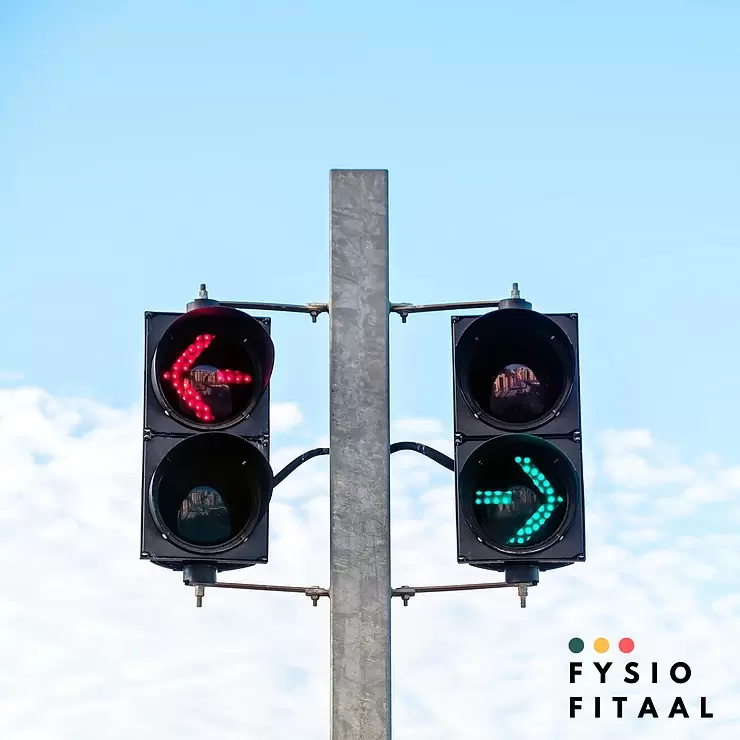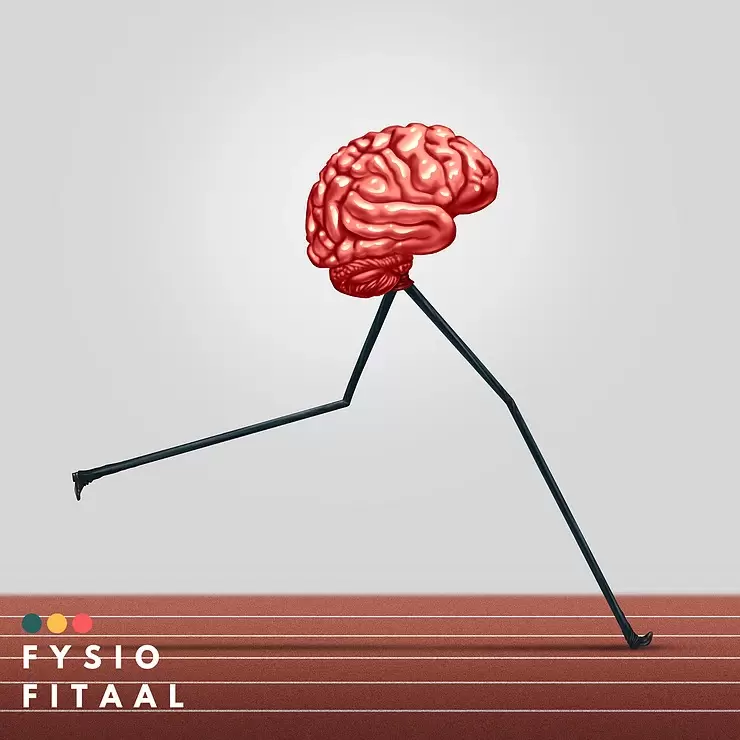The most effective form of recovery
Our body has two types of nervous systems:
- The central nervous system that you can use voluntarily. With this, you can think of, for example, tensing your muscles.
- The autonomic nervous system that is not under our free will. Think of sweating, your heart rate, blood pressure, digestion and metabolism.
This second nervous system is again subdivided into two systems, each with opposite effects namely the sympathetic and the parasympathetic.

The sympathetic nervous system
The SYMPATHICUS(the accelerator) is the branch that certainly used to enable us to survive in life-threatening situations. It is meant to get your body in an optimal state to fight, flee and act. The hormone involved is adrenaline. Your heart rate goes up along with your breathing and blood pressure. In this state, your body releases energy incredibly quickly to take action!
The para-sympathetic nervous system
The PARASYMPATHICUS(the brake pedal) is the counterpart of the sympathetic and is responsible for recovery, repair, build-up and rest. Your heart rate, blood pressure drops and your breathing becomes calmer again. As a result, your muscles and organs get enough blood and oxygen.
It's all about balance
It is not that the sympathic is necessarily negative. Stress can also be useful! In some moments, you also need stress. From stress, your motivation goes up. This in turn allows you to perform better. So there are definitely positive sides to stress. But to keep the balance, it is necessary to let the sympathetic nervous system calm down and let your parasympathetic nervous system take over. Especially when you have complaints or an injury.
Our modern times demand a lot from us. We are always busy, everything has to be done immediately and for that reason, we also face a lot of stress.
Except that your body cannot always be in a heightened state of readiness. Especially at the time when you are trying to recover from a complaint or injury. When this persists for too long, the balance gets upset.

What can you do yourself?
Start walking.
There are lots of ways to promote recovery. Our main tip is very simple walking.
Why hiking?
Walking is one of the most underrated ways to recover faster. Walking has little impact on our joints and properly activates the nervous system to promote recovery. It thus activates the parasympathetic nervous system as explained above but also provides benefits locally.
The muscles of the legs, arms and trunk move in a rhythmic pattern. Relative to each other, this means there is constant relaxation and tightening. Among other things, this activates the lymphatic system. The lymph vessels form the channels of lymphatic system and for the most part lie parallel to our blood circulation. These are filled from the body with a colourless fluid which consists, among other things, of waste products and white blood cells.
For this reason, we also recommend NOT cooling, for example. Research shows that you do not recover a day faster and when we look at what you want and that is to increase blood flow you achieve the opposite.
Start with what works! With an ankle injury, it will be harder than with shoulder problems. Keep it relatively pain-free and make sure you don't deliberately trigger the symptoms because we have given walking as a tip. Always keep thinking for yourself!
